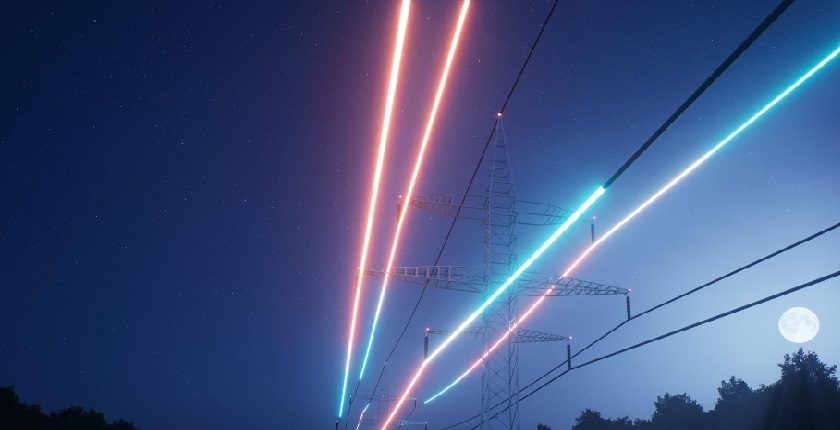
Photo: Freepik
Greece is among the most expensive European countries when it comes to the wholesale price of electricity. The government aims to address the issue with a new power market model to be introduced toward the end of the decade.
Natural gas and lignite are the two major factors pushing wholesale prices up for Greek consumers. Even though the country produces more than 50% of its electricity from renewable energy and in large hydroelectric plants, fossil fuels set the price for all the rest, being so-called marginal technologies.
The Greek government aims to achieve a 76.8% renewables penetration by 2030, according to the revised National Energy and Climate Plan (NECP). Coal power plants are planned for decommissioning within a few years. At the same time, 6 GW of energy storage is slated to be installed, but the amount isn’t considered sufficient to balance the system. It is why natural gas–fired capacity is supposed to grow from 7 GW to 7.8 GW by the end of the decade.
Gas plants would not be commercially viable without a so-called capacity mechanism. The government is expected to present a formula to the European Commission within a year. Such units would be much less in operation.
But in the hours when they are active, the wholesale price would increase dramatically. In the NECP, the prices of European Union Allowances (EUA) prices are expected to reach EUR 80 per tonne by 2030 and EUR 290 per tonne by 2040.
“During the next decade, renewables will surpass 75% and will eventually reach 99%. Regardless, natural gas plants (which are burdened by rising CO2 costs) will continue to maintain a marginal share in the mix,” according to the document.
New market model to be difficult to establish
Based on the NECP, the answer lies in a different market model, one that would allow renewable energy’s lower costs to be passed on to consumers.
The government would have to push through several changes both internally and in the European Union. During the energy crisis, Greece already asked for the market model to be changed and submitted its proposal, but it wasn’t accepted. It envisaged the creation of two different pools in the energy exchange: one for conventional units and the other for all the rest, with separate price formation.
It is still unknown whether the Ministry of the Environment and Energy will stick to the same proposal or try something else. Also, there is no evidence that EU bodies such as the European Union Agency for the Cooperation of Energy Regulators (ACER) have changed their attitude concerning market architecture.


















Be the first one to comment on this article.